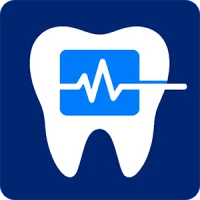
Dental Blog
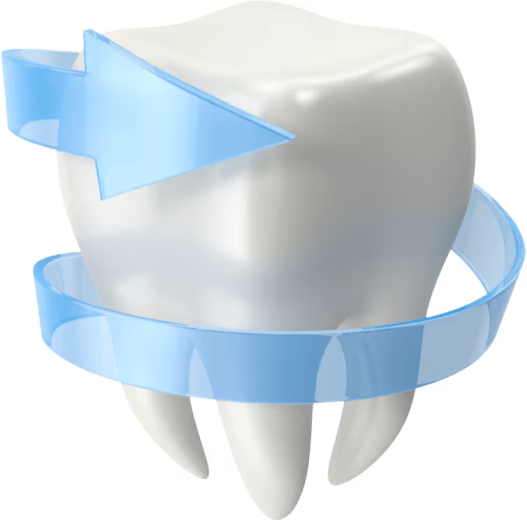

Resources for Dentists
Dive deep into helpful guides and in-depth information about:

Your Resource for Dentistry Insights
Sedation dentistry is evolving. Regulations change, compliance requirements grow, and practices need tools to stay ahead. The Sedate Dentistry Blog is here to help you learn, adapt, and succeed with resources built for dentists, oral surgeons, and office managers.

Explore Topics That Matter

Sedation Dentistry
Learn about sedation dentistry's best practices, compliance tips, and case studies.

Patient Vitals Monitoring
Device integrations, patient monitoring, and technology insights.

Patient Forms & Experience
Intake forms, digital consent, and patient-focused workflows and user experience.

Dental Practice Growth
Grow your dental practice with in depth guides, tutorials, and software reviews.
Recent Guides for Dentists
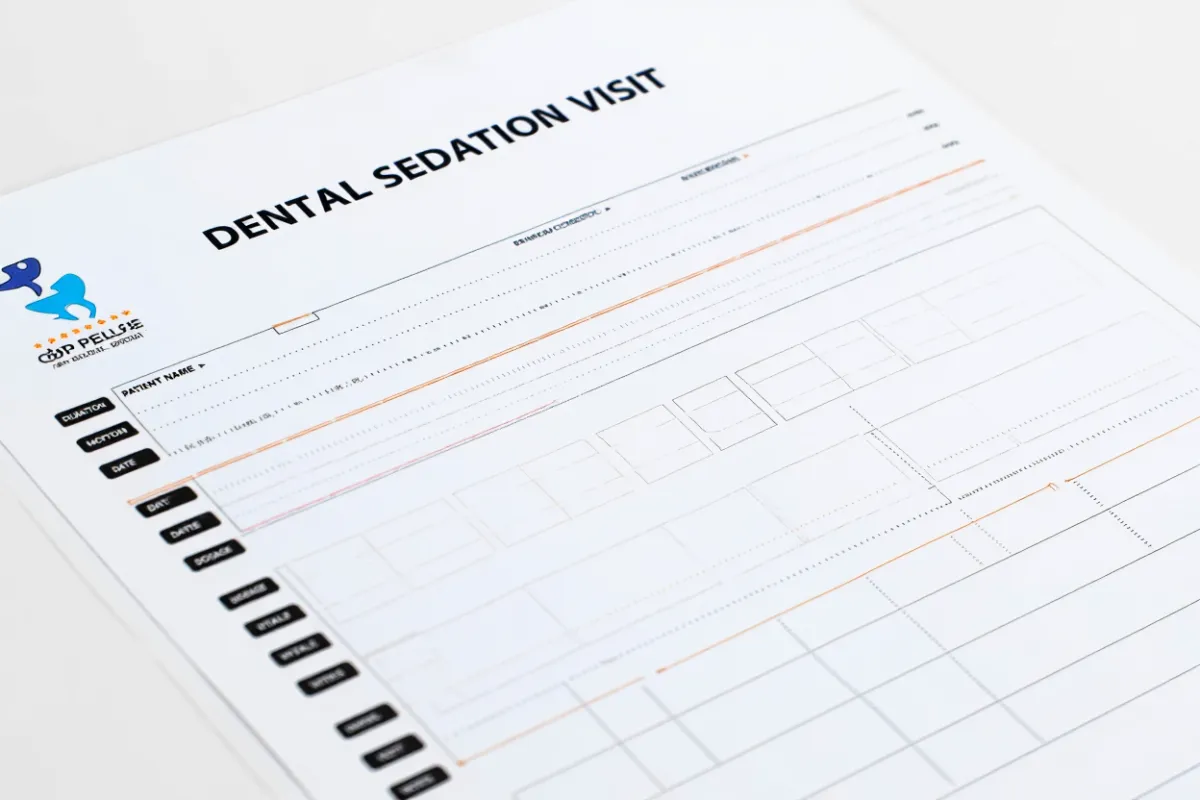
How to Document Sedation Dosages Accurately Every Time
Accurate sedation dosage documentation protects patients and your practice. This guide shows exactly what to capture (dose, route, concentration, timing, and cumulative totals), how to standardize entries across providers, and how to design a real-time, audit-ready workflow that prevents omissions and math errors.
Table of Contents
How to Document Sedation Dosages Accurately Every Time
What “complete dose documentation” really includes
Which fields you should standardize on every case
How to make dose entries bulletproof in real time
How to eliminate unit and conversion mistakes
How to track titration and cumulative totals
How to document PRN and conditional orders without confusion
How to record nitrous oxide accurately
How to reconcile pre-procedure anxiolytics and local anesthetic additives
How to handle pediatric and weight-based calculations
How to document reversal agents with legal-quality clarity
Which team roles prevent dose errors before they start
Where dose documentation commonly fails—and how to fix it fast
How to structure a one-page dosing “flow note”
How software removes error-prone steps without slowing care
How to train and audit so accuracy becomes automatic
How to close the case with a clean, defensible summary
Dosage documentation is both a safety instrument and a legal record. The goal is to make every dose, route, and response unambiguous—while keeping charting fast enough to use during live care. This article lays out the fields you must capture, the workflow that keeps them complete, and the team habits that drive 100% accuracy from induction through discharge.
What "Complete dose documentation” really includes
Complete documentation records the medication name, concentration, route, exact dose, time, the person who administered it, the clinical reason, the patient response, and the running total to that moment. Capturing all of these in a consistent format makes the record defensible and supports safer titration on longer cases.
Which fields you should standardize on every case
Standard fields make charts readable at a glance and reduce post-hoc questions during audits. Configure these once and use them on every sedation visit in Sedation visit record software.
How to make dose entries bulletproof in real time
Real-time capture prevents memory gaps. Assign a dedicated recorder who announces and logs every dose as it’s given, then reads back drug, dose, route, and time. Document directly in IV sedation charting software so entries are time-stamped and tied to vitals.
How to eliminate unit and conversion mistakes
Dose errors hide in unit switches. Keep concentration visible (mg/mL), enter dose in mg (with mL secondary if relevant), and display automatic mg/kg math when weight is on file. Configure hard stops for missing concentration fields inside Dental sedation compliance.
How to track titration and cumulative totals
Titration only stays safe if totals are visible. Use running totals per medication and a “since last five minutes” tag to highlight bursts during stimulation spikes. Totals should recalc automatically as the recorder enters each dose in digital sedation visit records.
How to document PRN and conditional orders without confusion
PRN orders demand clarity. Record the standing order as written, include maximum cumulative dose, minimum re-dose interval, and the trigger condition. When a PRN is given, log the exact trigger observed so reviewers see necessity, not convenience.
How to record nitrous oxide accurately
Nitrous is easy to do and easy to under-document. Record start time, peak concentration (% N₂O), range of titration, duration at peak, any adjunct oxygen use, and oxygenation at the end. Treat it like a medication with dose over time, not just a checkbox, and enter it live in paperless sedation visit logs.
How to reconcile pre-procedure anxiolytics and local anesthetic additives
Office sedation charts often miss home pre-meds and local anesthetic epinephrine. Add a pre-procedure section that documents take-home anxiolytics with time taken and a local anesthetic log (agent, concentration, with/without vasoconstrictor, total volume). This clarity avoids “mystery drowsiness” and aligns hemodynamic trends with known agents.
How to handle pediatric and weight-based calculations
Weight-based ceilings require verified weight, mg/kg math, and a visible “do not exceed” line. Make weight re-entry a pre-sedation hard stop and display the calculated maximum next to the running total. Do not rely on mental math when pace increases; let compliance checklists for sedation surface the numbers for you.
How to document reversal agents with legal-quality clarity
Reversal documentation must be pristine. Record pre-reversal vitals, exact indication, dose and route to the decimal, time, response within one minute, and monitoring plan for re-sedation. Capture every repeat dose with the same rigor in minute‑by‑minute IV charting.
Which team roles prevent dose errors before they start
Clear roles keep math and entries correct. The sedation lead orders and confirms; the recorder enters and reads back; the monitor tech watches trends and announces changes; room support stages the next dose if requested. Role cards live in your room setup checklist and are reviewed at huddle.
Where dose documentation commonly fails—and how to fix it fast
Pattern-level fixes beat one-off corrections. Use this quick map to turn common misses into non-issues.
How to structure a one-page dosing “flow note”
Structured notes make long cases easy to review. Use short, time-stamped lines that pair the dose with context and trend.
09:37 Baseline vitals captured.
09:42 Midazolam 1 mg IV for anxiolysis; calmer; RR 14; SpO₂ 98%. Running total 1 mg.
09:50 Local anesthesia placed; HR +10 above baseline; no pain reported.
09:53 Midazolam 0.5 mg IV titration; purposeful response maintained. Running total 1.5 mg.
10:12 Nitrous 20–35% N₂O titrated; peak 35% from 10:18–10:36; O₂ 100% for 5 min at end.
10:38 Recovery vitals stable; orientated ×3; discharge scoring met.
Documenting with short, consistent lines dramatically reduces ambiguity—and it’s easy to teach to new hires.
How software removes error-prone steps without slowing care
Digital prompts and time-stamps do what memory cannot. Build dose fields, required checks, and auto-totals into sedation record software (digital), align with sedation compliance software checklists, and use IV sedation documentation for induction-to-recovery timelines. If you’re still on paper, compare clarity and audit-readiness in Sedate Dentistry vs. paper records and plan your rollout with Plans & Pricing.
How to train and audit so accuracy becomes automatic
Training sticks when it’s short and recurring. Run 20-minute micro-drills where one person plays recorder, one plays monitor tech, and one calls out doses and vitals. Review five random charts monthly for concentration fields, running totals, nitrous detail, and reversal entries; share wins and fixes at the next huddle. Link the audit template directly inside Dental sedation compliance.
How to close the case with a clean, defensible summary
End every chart with final running totals per med, the last two sets of vitals, and discharge criteria met with time. If any variance occurred (e.g., prolonged titration), include a single sentence of rationale. This 30-second habit ends post-case ambiguity and speeds payer and referral responses.
Where to go next in this Best Practices Category
Teams building full programs should continue with Sedation workflow that scales and equipment readiness in Sedation Crash Cart Requirements. For prevention, bookmark 10 Best Practices for Managing Sedation Emergencies.
Bottom line
Accurate dosage documentation is a system—clear fields, real-time capture, visible totals, and short, structured notes—supported by software prompts and team roles. When you standardize these elements, dose accuracy becomes the norm, audits get simpler, and patient safety stays front and center on every sedation visit.
Next Steps
Book a Free Demo to see how Sedate Dentistry’s Digital Sedation Visit Records Software can streamline and replace paper sedation visit records—saving time, money, and increasing compliance while reducing liability and improving the quality of patient records.
Ready to modernize your sedation documentation? Book a Free Demo

Stay Ahead of the Curve
Benefits of Following Our Blog
Learn compliance best practices.
Discover new sedation software features.
Get expert tips for improving patient care.
See how practices are switching from paper or competitors like Xchart.

Learn More About Sedate Dentistry?
Request a software demo today. See how we can digitalize your sedation visit records.
Simple Pricing, No Hidden Fees
No limits on Procedures or Patients (additional fees for additional offices and dentists)
Testimonials
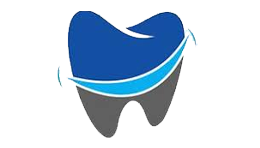
SmileRight Dentistry
Here's Sedate Dentistry Software in a nutshell. Time Saver. Money Saver. Easy to use. Amazing support. End of story.
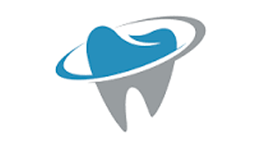
DentalClean
We learned about Sedate Dentistry from one of their other sister companies Edental. We switched from Xchart and this app works great.
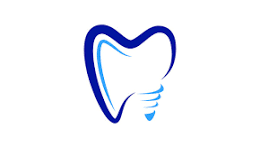
Metro Dentistry
The team at Sedate Dentistry has been amazing, especially Josh who helped integrate into our Edan X10. Much better than Xchart and a fraction of the price.
Contact Us
Contact Us
3165 West 4700 South, Suite A, Taylorsville Utah 84129



















